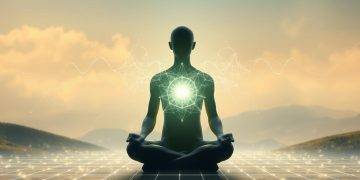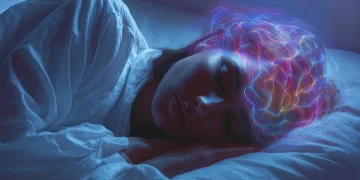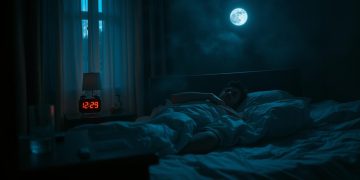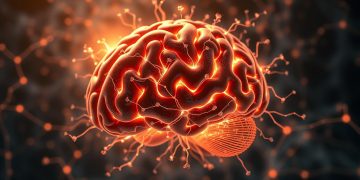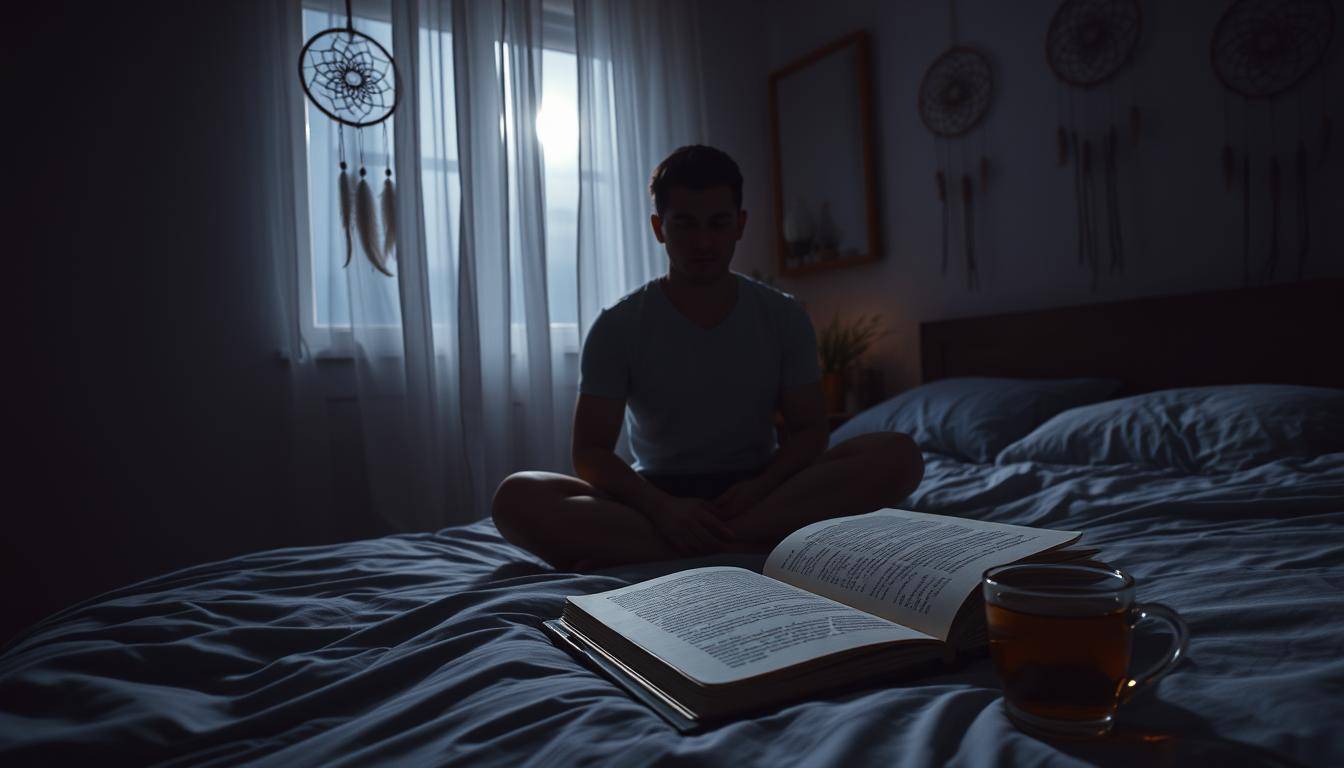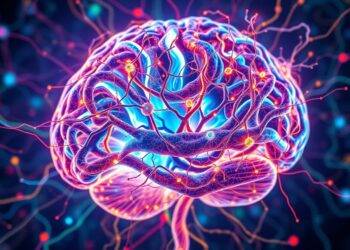“Until you make the unconscious conscious, it will direct your life—and you will call it fate.” Carl Jung’s iconic words capture why documenting nighttime visions matters. What if scribbling fragments of sleep could unlock creativity, sharpen memory, and reveal emotional patterns hiding beneath daily routines?
Neuroscience shows that recording sleep experiences strengthens recall—like flexing a mental muscle. But this habit goes deeper than brain chemistry. Cultures worldwide view nighttime stories as messages from the subconscious, blending logic with intuition. By writing them down, you create a bridge between analytical thinking and inner wisdom.
Think of a journal as a mirror reflecting life’s hidden themes. Patterns emerge over weeks—recurring symbols, unresolved tensions, sparks of inspiration. Researchers note that those who track these details often solve problems faster and approach challenges with renewed clarity. It’s not magic; it’s intentional observation.
Key Takeaways
- Strengthens memory retention through consistent practice
- Reveals subconscious patterns influencing daily decisions
- Boosts creative problem-solving by connecting ideas
- Offers emotional clarity through symbolic analysis
- Supports personal growth by documenting progress
Understanding the Science Behind Dream Journaling
The sleeping mind works overtime, processing experiences and sparking innovative ideas. Studies show that during sleep, the brain replays daily events while linking them to older memories—a process vital for learning. This nightly activity shapes how people retain information and generate solutions to challenges.

The Neuroscience of Dreams
REM (Rapid Eye Movement) sleep triggers heightened brain activity, resembling wakefulness. During this phase, the mind processes emotions and consolidates memories. Researchers found that writing down details upon waking strengthens neural pathways—making fragmented visions easier to recall later.
| Sleep Phase | Brain Activity | Impact on Memory |
|---|---|---|
| REM | High-frequency waves | Emotional memory storage |
| NREM | Slow oscillations | Fact-based retention |
| Transition | Mixed patterns | Creative associations |
Enhancing Memory and Creativity Through Journaling
Recording visions first thing in the morning captures fleeting details before they vanish. A 2022 UCLA study revealed participants who documented their sleep experiences for six weeks improved problem-solving skills by 34%. This practice turns abstract thoughts into tangible patterns—fueling creativity through unexpected connections.
For example, a musician might wake with a melody fragment. Writing it down preserves the idea, allowing refinement later. Over time, this habit builds a reservoir of inspiration rooted in the subconscious mind.
Embracing the Spiritual Power of Your Dreams
Your nightly adventures might hold keys to unlocking profound personal transformation. While science explains memory retention, spiritual traditions view these experiences as dialogues with the soul—a chance to decode messages hidden beneath daily routines.

Bridging Conscious Awareness and Inner Wisdom
Regularly documenting sleep narratives trains the mind to recognize recurring symbols. This practice builds awareness of emotional undercurrents, often revealing insights about unresolved challenges. Over time, patterns emerge like breadcrumbs leading to self-discovery.
Those who maintain consistency often experience lucid dreaming—a state where they consciously interact with their visions. Studies suggest this awareness during the night enhances problem-solving skills and emotional clarity. It turns passive observation into active participation with the subconscious.
| Spiritual Practice | Daily Focus | Outcome |
|---|---|---|
| Morning Reflection | Reviewing themes | Heightened intuition |
| Symbol Decoding | Analyzing metaphors | Emotional breakthroughs |
| Reality Checks | Daytime awareness | Lucid states |
Start small: keep a notebook by your bed and jot down fragments upon waking. This process creates a feedback loop between waking life and inner wisdom. As Carl Jung noted, “Who looks outside, dreams; who looks inside, awakes.”
Practical Ways to Start and Maintain Your Dream Journal
Transforming nighttime visions into actionable insights begins with the right tools and habits. Whether using a leather-bound notebook or a digital app, consistency matters more than perfection. The key lies in capturing fragments before they dissolve—like preserving fireflies in a jar.

Selecting Your Documentation Medium
Analog or digital? Research shows writing by hand boosts memory encoding, but apps like Journey offer searchable entries and templates. Choose tools that feel effortless—if reaching for your phone feels natural, embrace technology. The goal is frictionless recording, not aesthetic perfection.
Crafting a Wake-Up Ritual
Place your journal where morning light hits. Upon waking, lie still for 30 seconds—this pause helps solidify recollections. Jot down colors, emotions, or strange phrases first; coherence comes later. One study found that writing within five minutes of waking triples detail retention compared to waiting 10 minutes.
Structured Guidance for Deeper Exploration
Blank pages intimidate even seasoned writers. Start with prompts like “What emotion lingered when I opened my eyes?” or “Did any symbol repeat?”. The 365 curated prompts resource offers daily questions to decode subconscious patterns. Templates with time/date fields and mood trackers add structure to chaos.
Unlocking “dream journaling benefits” for a Transformed Life
Each morning’s scribbles can become a compass guiding personal evolution. By connecting nocturnal narratives to daily choices, individuals gain unprecedented clarity—a roadmap for intentional living rooted in self-discovery.
Enhancing Self-Awareness Through Reflection
Reviewing entries weekly reveals recurring symbols and emotional themes. A teacher noticed repeated visions of locked doors—later realizing they mirrored her avoidance of career changes. This awareness sparked proactive steps toward leadership training.
Three reflection techniques amplify insights:
| Technique | Frequency | Outcome |
|---|---|---|
| Weekly Analysis | Every Sunday | Identifies behavioral patterns |
| Daily Tracking | Morning entries | Sharpens memory retention |
| Symbol Mapping | Monthly review | Decodes subconscious messages |
Boosting Emotional Resilience and Problem-Solving Skills
Recording intense visions helps process emotions before they influence decisions. One nurse reduced work-related stress by analyzing dreams where tidal waves symbolized overwhelm. He implemented boundary-setting strategies within weeks.
This practice builds mental agility. When facing conflicts, journal keepers often recall analogous experiences from their entries—like referencing a personal playbook. Studies show this method improves solution diversity by 28% compared to non-journalers.
Consistent documentation creates feedback loops between waking life challenges and subconscious wisdom. Over time, the journal becomes less about interpreting symbols and more about crafting purposeful responses.
Conclusion
Nighttime narratives hold more than fleeting stories—they’re gateways to self-discovery. By recording sleep experiences, you bridge science and spirituality, sharpening recall while uncovering themes that shape daily choices. This practice transforms fragmented visions into maps of the subconscious, revealing how emotions like anxiety influence waking life.
Consistency matters most. Whether using a notebook or app, regular reflection builds connections between inner wisdom and real-world challenges. Over time, patterns emerge—repeated symbols, unresolved tensions—guiding you toward clarity. Studies show routines like morning entries triple detail retention compared to delayed logging.
Ready to start? Begin by capturing fragments upon waking, then revisit them weekly. This simple habit fosters lasting connections with your deeper self while managing anxiety through intentional awareness. For structured guidance, explore methods that align with your lifestyle. Remember: every scribble holds potential—your journey to transformation begins with one page.
FAQ
How does recording nighttime experiences improve memory retention?
Writing down details upon waking strengthens neural pathways linked to memory consolidation. This practice trains the brain to prioritize and store vivid impressions, enhancing recall for both symbolic content and waking-life events.
Can this habit help manage daily stress or anxiety?
Yes. By externalizing subconscious thoughts through written reflection, individuals often identify recurring emotional patterns. This awareness creates mental space to process challenges constructively, reducing overwhelming feelings through structured self-analysis.
What tools work best for beginners starting this practice?
A dedicated notebook with smooth paper and a comfortable pen encourages consistency. Digital apps with voice-to-text features suit those who prefer tech solutions. The key is choosing tools that feel inviting and require minimal morning effort.
How soon might someone notice personal growth changes?
Many observe heightened self-awareness within 2-3 weeks of daily entries. Recognizing symbolic patterns or emotional themes often accelerates problem-solving insights and creative breakthroughs, though timelines vary based on commitment level.
Does sleep quality impact the effectiveness of this practice?
Absolutely. Prioritizing 7-9 hours of uninterrupted rest increases REM cycles where vivid mental imagery occurs. A calming pre-bed routine—like light stretching or meditation—often yields richer material for morning reflection sessions.
How can entries reveal subconscious influences on decisions?
Recurring symbols or emotional tones in recorded narratives frequently mirror unaddressed waking-life situations. Tracking these connections helps identify instinctual biases or hidden motivations shaping real-world choices and relationships.
